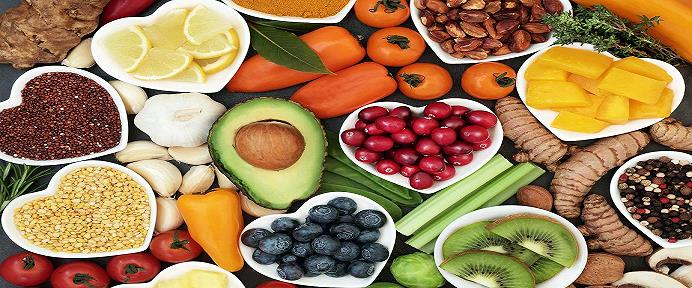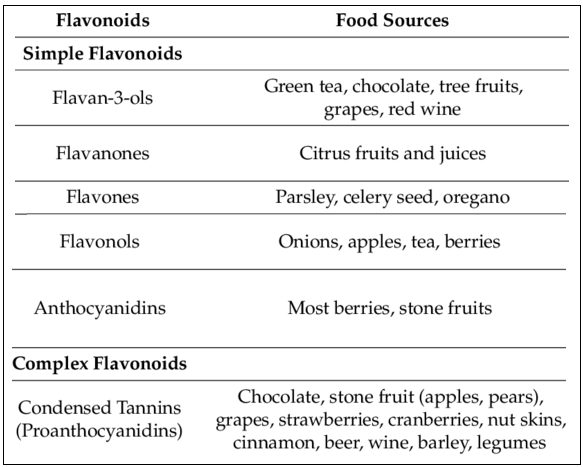Colorful meals may brighten our later years, says S.Ananthanarayanan.

Outside the usual advice to exercise, get enough sleep and stay mentally active, a study that lasted over two decades pinpoints items in the diet that would help us stay alert as we age.
Tian-Shin Yeh, Changzheng Yuan, Alberto Ascherio, Bernard Rosner, Walter Willett, Deborah Blacker, from Harvard University in the US and Zhejiang University, Hangzhou, China, describe the details of the study in a paper in the journal, Neurology, the medical journal of the American Academy of Neurology. “Our results are exciting because they show that making simple changes to your diet could help prevent cognitive decline,” says Dr. Walter Willett, one of the authors.
With the number of older persons in the world’s age profile rising fast, dealing with age related loss of cognition, or the ability to remember, reason, learn, would become a major public health issue, the paper observes. And, as there is no known remedy, it is important to look for preventive strategies. While the changes in the brain that result in cognitive decline, or dementia, may start long before effects are clinically apparent, an early warning could be subjective cognitive decline (SCD)—where cognitive decline is self-perceived. Measures that are found to defer the onset of SCD could hence be effective in putting off more serious manifestations, the paper says.
The paper then refers to flavonoids, a group of compounds found in many fruits and vegetables, which are believed to be powerful antioxidants. The cells of living things contain sources of reactive oxygen to promote and regulate processes, like cell signaling or maintaining temperature or fluid balance. When these agents, which are called free radicals, are there in excess, however, the result is cell damage, including DNA damage. Hence the value of antioxidants, which can neutralise free radicals. As oxidative stress has been considered to have a role in age related cognitive decline, it has been proposed, the paper says, that flavonoids may help retard the loss of cognitive function.
Whether this belief is a fact, however, has not been established, the paper says. Some short-term trials have provided evidence of flavonoids being effective, but there is nothing conclusive, particularly in respect of the different flavonoid substances contained in different items of food. On the contrary, it is found that flavonoids in the diet are not well absorbed in the human body. And that the rise in antioxidant potential of the blood after consumption of flavonoids is not really a result of the flavonoids.
The team of researchers hence undertook the study, over a 20-year period, of monitoring the dietary practices of two large groups or men and women, followed by an assessment of SCD by the participants themselves, to see if there was a relationship of a flavonoid-rich diet with subsequent Subjective cognitive decline.
Flavinoids
Flavonoids are substances produced almost entirely by plants and can be made out in the yellow or red/blue colours of petals, with the function of attracting pollinators. But flavonoids have other functions in plants, and these include processing components of sunlight, helping organisms to prepare nitrogen in the air for absorption by the plant and protection from pathogens. As flavonoids are there in almost all plant varieties, and, unlike some substances, like alkaloids, they do no harm to animals, flavonoids are a part of the diet of many animals, including humans. Over 5,000 flavonoids have been identified and are classified, based on chemical structure. The table shows some of the groups of flavonoids and the foods that are the best sources.

The first part of the study began in 1976, with 1,21,701 female nurses registered in the USA. The study design was through questionnaires and the strength of the study is the regularity and the long period covered. Every second year, the participants filled in a questionnaire that detailed their medical history, potential risk factors and newly diagnosed diseases. And in 1980, 1984, 1986, and thereafter, every four years, they filled in a questionnaire that detailed the content and frequency of food they consumed. And again, starting from 2012, 49,693 women in the study responded to SCD questions, to watch for indicators of cognitive decline.
The other part of the study covered 51,529 male health professionals in the USA, between 40 and 75 years of age. Information on lifestyle risk factors and medical history was collected every two years, and from 1986 the participants filled in the food habits questionnaire. The questionnaire, the paper says, is a recognized one, that has been successfully used in other studies as well.
The food related questionnaires were got filled in by the nurses till 2006 and by the health professionals till 2002, covering 20 years and 16 years respectively. The questions, which first covered 131 food items, were about how often the respondents consumed each food of a standard portion size in the previous year. And this led to data of the total flavonoids, flavonoids subclasses, other nutrients or foods consumed, and total energy intake, over the study period. The approach is said to reduce within-subject variation and best represents the long-term diet pattern.
The part played by different flavonoid subclasses was then calculated from flavonoid content of each food and its consumption frequency. The focus was on the most common six most common flavonoids, as well as ‘total flavonoids’, resulting in translation of the diet data into those of flavonoid intake.
Next was the questionnaires relating to SCD, which were administered twice – 2012 and 2014 with the nurses and 2008 and 2012 with the health professionals. There were six yes-or-no questions to answer, as shown in the box, to reveal if the subjects had noticed SCD, aspects of cognitive decline in themselves, by around 2012. The paper says that the subjective assessment of cognitive decline is reliable, as verified by records of persons who showed SCD and later developed clinical symptoms. The study also excluded cases where there were conflicting factors, leaving data of 49,493 women and 27,842 men.

Results
The result of these questionnaires was that the individuals who had noticed SCD, aspects of cognitive decline in themselves, by around 2012, could be identified, for comparison with the data of diet habits, recorded since 1986. The data has been divided into quintiles, or groups of 20%, and it is found that the group with flavonoid intake in the top 20% had a 20% lower probability of developing SCD, than those in the lowest 20%. The intake of the top 20% was about 600 milligrams in a day, compared to 150 milligrams of the lowest group. And as for individual flavonoids, those found in some spices and yellow and orange fruits and vegetables were found to lead to a 38% reduction in the SCD risk.
The study also found that it not only those who had a long-term diet of high flavonoids were benefited, the benefits flowed even to those who had recently added flavonoids. It is interesting to see that even common foods, tea and oranges, could make a difference, and with oranges, that the skin is richer in flavonoids than the pulp.
The study is a formal confirmation of the benefits generally associated with fruits and vegetables. A national programme to promote the correct diet may pay for itself by preventing losses, and costs, of cognitive decline of older persons.
------------------------------------------------------------------------------------------ Do respond to : response@simplescience.in-------------------------------------------